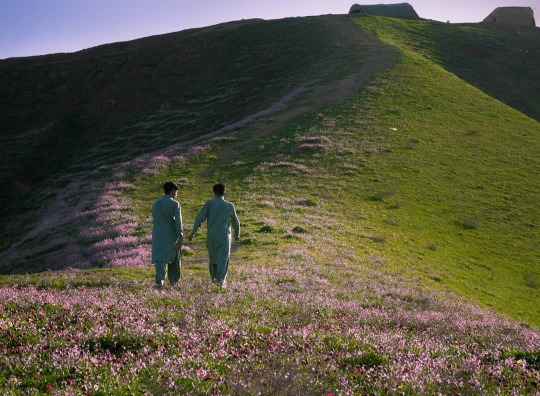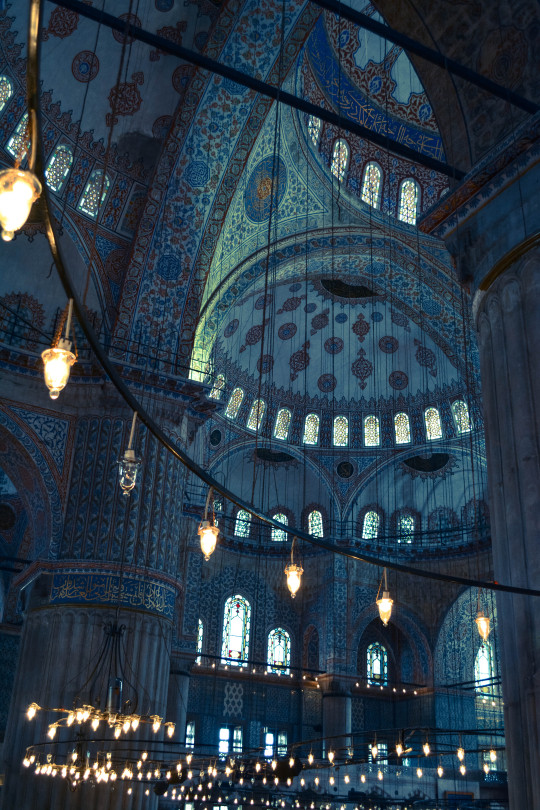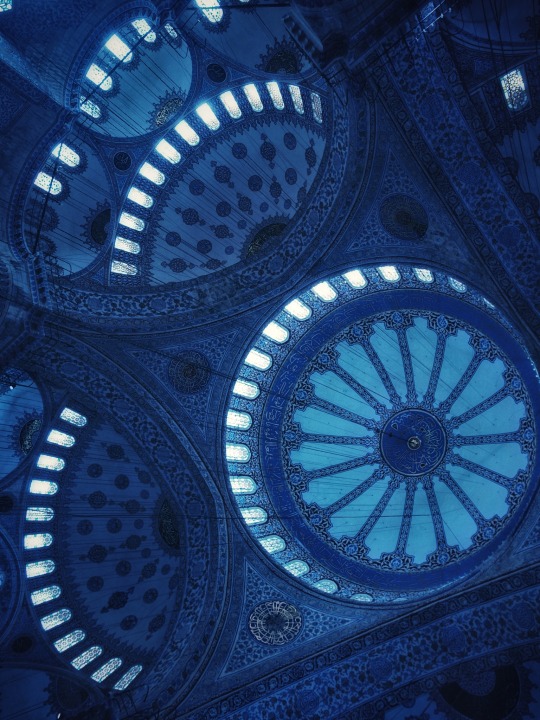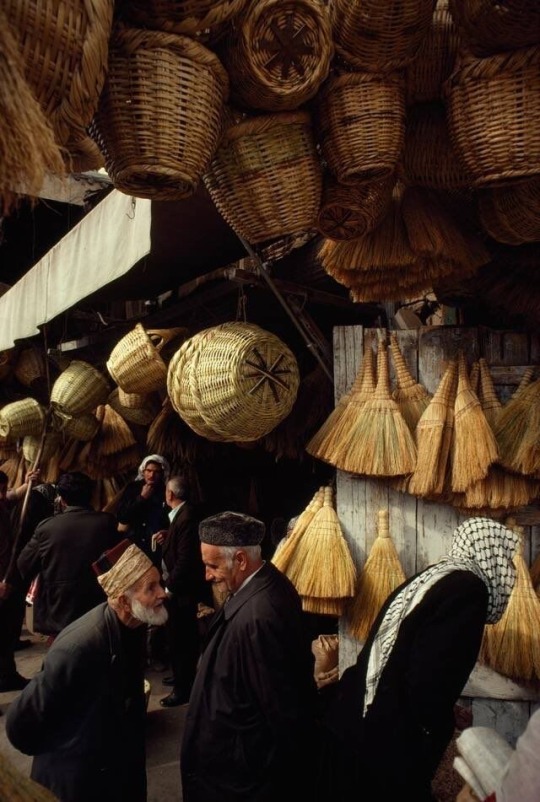Photo

Buddha of Bamiyan in Afghanistan before its destruction in 1992, Photo by Steve Mc Curry
2K notes
·
View notes
Photo

Wind-carved “mushroom” rocks are the centerpiece of White Desert national park, Egypt
A ventifact (also wind-faceted stone, windkanter) is a rock that has been abraded, pitted, etched, grooved, or polished by wind-driven sand or ice crystals. These geomorphic features are most typically found in arid environments where there is little vegetation to interfere with aeolian particle transport, where there are frequently strong winds, and where there is a steady but not overwhelming supply of sand. (via Wikipedia)
545 notes
·
View notes
Photo
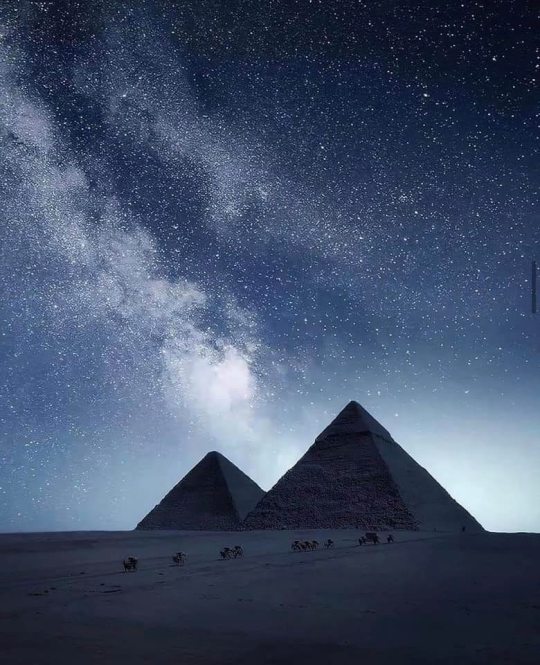
Nuit dans le désert (Night in the desert) | Nicolas Toneback
758 notes
·
View notes
Text

Relief in a Ptolemaic temple, Egypt 1968 by Kees Scherer
2K notes
·
View notes
Photo



Decoration inside the mortuary temple of female pharaoh Hatshepshut at Deir el-Bahari.
771 notes
·
View notes
Photo

North-western Syria has about seven hundred “Dead Cities” or “Forgotten Cities.” They include villages, towns, and some cities that were mainly abandoned between the 700s and 900s CE.
Because they rest in an elevated area of limestone known as the Limestone Massif, which gets relatively little rain, the settlements are more or less still at surface level and well-preserved. There are three main groups of highlands on the Massif, each with their own Dead Cities. They provide us with insight into what life was like for prosperous agriculturalists in Late Antiquity and the Byzantine period.
The Dead Cities became a massive UNESCO World Heritage Site in 2011, although they have been largely inaccessible since 2013.
900 notes
·
View notes
Photo








Theatre of Palmyra
Palmyra (Tadmor), Syria
2nd century CE
The second-century CE theatre was built in the center of a semicircular colonnaded piazza which opens up to the South Gate of Palmyra.
The seating area is ninety-two meters in diameter, but only the lowest section of twelve rows survive. It is argued that additional rows of seating would have been constructed from wood, and were therefore not preserved. The seating faces north-northeast. The stage of the theater is particularly impressive, with a beautifully decorated façade. The stage measures forty-five and a half by ten and a half meters. It features three doorways in its façade, with one additional doorway on each end. The columns on the stage are decorated with Corinthian capitals. Emperor Nero is known to have placed his statue in the niche above the main entrance of the stage.
The 82-by-104-metre piazza was located to the south-west of the main colonnaded street. The unfinished cavea is 92 metres in diameter and consists only of an ima cavea, the lowest section of the cavea, directly surrounding the orchestra. The ima cavea is organized into eleven cunei of twelve rows each[3] and faces north-northeast towards the cardo maximus. The theatre’s aditus maximi, its main entrances, are 3.5 metres in width, and lead to a stone-paved orchestra with a diameter of 23.5 metres. The orchestra is bounded by a circular wall with a diameter of 20.3 metres.
The proscenium wall is decorated with ten curved and nine rectangular niches placed alternately. The stage measures 45.5 by 10.5 metres and is accessed by two staircases. The scaenae frons had five doors: the main entrance, or valve regia, built into a broad curved niche; two guest doors on either side of the valve regia, or valve hospitalis, built into shallow rectangular niches; and two extra doors, at either end of the stage.
Sources: 1, 2, 3, 4, 5, 6

The theater was harmed by Islamic Terrorist organization ISIS after being used to execute soldiers in 2016.

1K notes
·
View notes
Photo


Floating Islands (Yüzen Adalar), Bingöl, Turkey
67 notes
·
View notes
Photo

The Black Sea coast in Amasra, Turkey
5 notes
·
View notes
